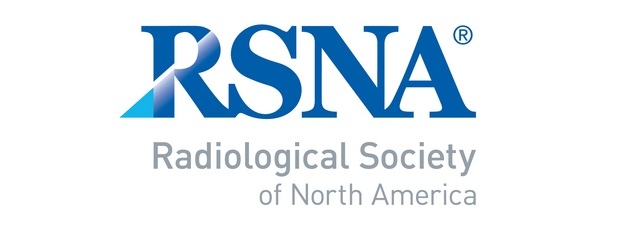Health
FOOD ODORS ACTIVATE IMPULSE AREA OF THE BRAIN IN OBESE CHILDREN
OBSESSIVE-COMPULSIVE DISORDER

(Source: Radiological Society of North America (RSNA))
USPA NEWS -
The area of the brain associated with impulsivity and the development of obsessive-compulsive disorder is activated in obese children when introduced to food smells, according to a study being presented next week at the annual meeting of the Radiological Society of North America (RSNA).
The area of the brain associated with impulsivity and the development of obsessive-compulsive disorder is activated in obese children when introduced to food smells, according to a study being presented next week at the annual meeting of the Radiological Society of North America (RSNA).
In the United States, nearly 12.7 million children are obese, according to the Centers for Disease Control and Prevention (CDC).
In the United States, nearly 12.7 million children are obese, according to the Centers for Disease Control and Prevention (CDC).
These children are at a higher risk to develop high blood pressure, type 2 diabetes, and breathing and joint problems, among many other health issues. They are also more likely to become obese adults.
The researchers studied 30 children between the ages of 6 and 10 years old. Half of the children had a normal body mass index (BMI) between 19 and 24, and the other half exhibited a BMI over 30, which is classified as obese. Each child was presented with three odor samples: chocolate, onion and a neutral odor of diluted acetone.
The researchers studied 30 children between the ages of 6 and 10 years old. Half of the children had a normal body mass index (BMI) between 19 and 24, and the other half exhibited a BMI over 30, which is classified as obese. Each child was presented with three odor samples: chocolate, onion and a neutral odor of diluted acetone.
As the participants smelled the samples, two MRI techniques, functional MRI (fMRI) and functional connectivity MRI (fcMRI), were used to measure brain activity.
An evaluation of the fMRI results showed that in the obese children, the food odors triggered activation in the areas of the brain associated with impulse and the development of obsessive-compulsive disorder, while the areas of the brain associated with impulse control exhibited no activity. However, in the children with a normal BMI, the areas of the brain associated with pleasure regulation, organization and planning, as well as regions governing emotional processing or memory function, became more active.
An evaluation of the fMRI results showed that in the obese children, the food odors triggered activation in the areas of the brain associated with impulse and the development of obsessive-compulsive disorder, while the areas of the brain associated with impulse control exhibited no activity. However, in the children with a normal BMI, the areas of the brain associated with pleasure regulation, organization and planning, as well as regions governing emotional processing or memory function, became more active.
In addition, the fcMRI results showed that when the normal-weight children smelled the onion, there was a connection between the gustatory cortex, which processes taste, and the area of the brain linked to reward anticipation. This connection did not occur in the obese children.
The chocolate smell elicited significant brain connections in obese children, compared to the normal-weight children.
The chocolate smell elicited significant brain connections in obese children, compared to the normal-weight children.
Co-authors on this study were Silva Hidalgo-Tobon, Ph.D., Benito De Celis IV, Eduardo Barragan, Eduardo Castro, M.D., Samuel Flores, M.D., Porfirio Ibanez and Manuel Obregon.
RSNA is an association of more than 54,000 radiologists, radiation oncologists, medical physicists and related scientists, promoting excellence in patient care and health care delivery through education, research and technologic innovation.
Copies of RSNA 2015 news releases and electronic images will be available online at RSNA.org/press15 beginning Monday, Nov. 30.
Source : Radiological Society of North America (RSNA)
Ruby BIRD
http://www.portfolio.uspa24.com/
Yasmina BEDDOU
http://www.yasmina-beddou.uspa24.com/
RSNA is an association of more than 54,000 radiologists, radiation oncologists, medical physicists and related scientists, promoting excellence in patient care and health care delivery through education, research and technologic innovation.
Copies of RSNA 2015 news releases and electronic images will be available online at RSNA.org/press15 beginning Monday, Nov. 30.
Source : Radiological Society of North America (RSNA)
Ruby BIRD
http://www.portfolio.uspa24.com/
Yasmina BEDDOU
http://www.yasmina-beddou.uspa24.com/
Ruby Bird Yasmina Beddou Obsessive Compulsive Disorder Activate Impulsive Food Odors Obese Children Radiological Society Of North America
Liability for this article lies with the author, who also holds the copyright. Editorial content from USPA may be quoted on other websites as long as the quote comprises no more than 5% of the entire text, is marked as such and the source is named (via hyperlink).






